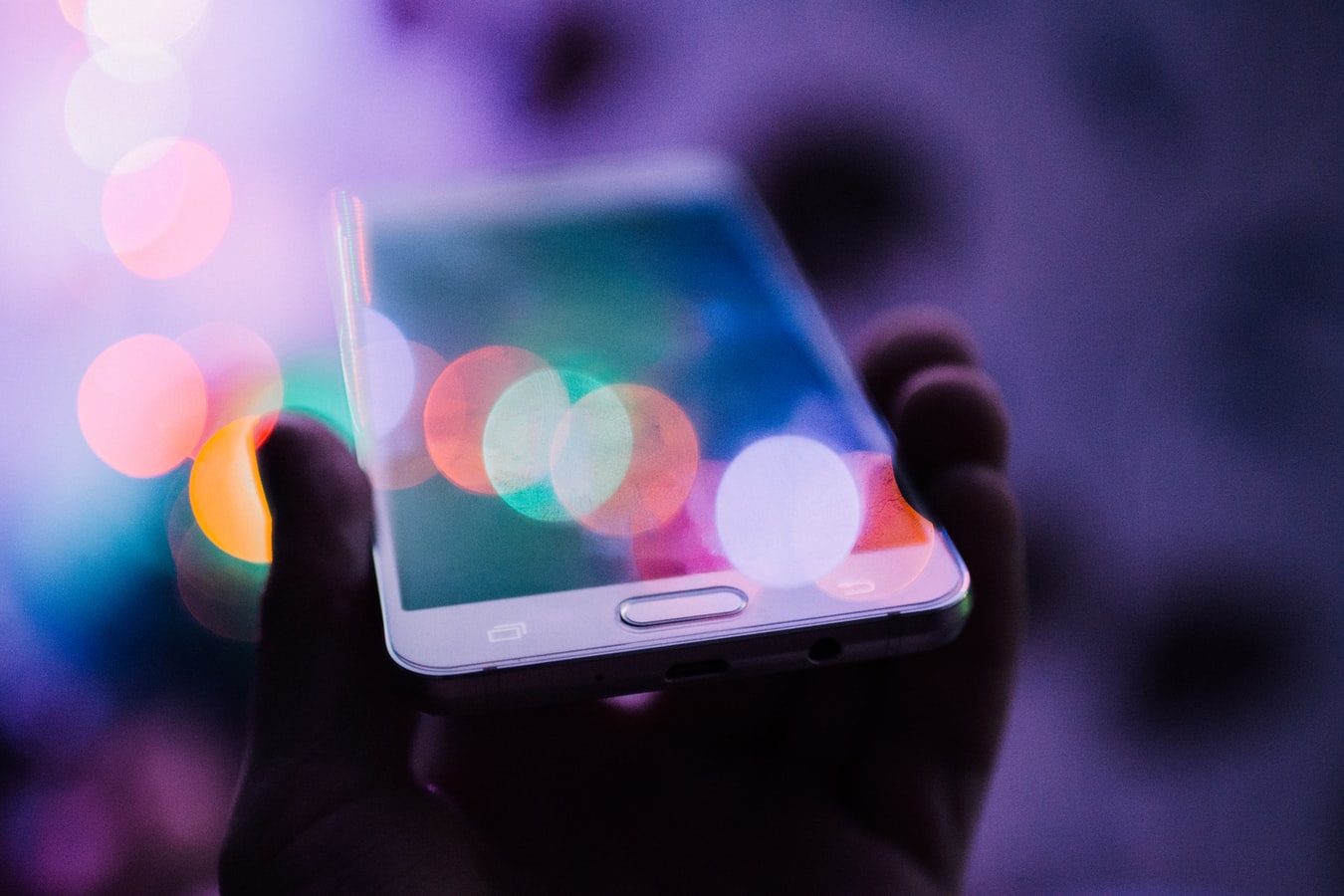Previous studies and articles reported on how the digital consumer landscape has been changing since the pandemic. Here’s the latest update based on an analysis of several recent McKinsey research studies.
Because of lockdowns and quarantines, digital shopping increased and will be a permanent future fixture of many shoppers’ habits. Essentials and home entertainment showed the greatest strength. Among essentials, groceries, over-the-counter medication, home supplies, and personal-care items all showed growth of 35% or more. Even discretionary items like skincare, jewelry, makeup, and apparel saw more than 15% growth.
While all demographics showed increases, the leaders for essential and non-essential purchases were millennials and the affluent (those earning more than $100,000 annually). Gen Z trailed not too far behind but with an emphasis on apparel, footwear, home entertainment, and food takeout and delivery.
Before the pandemic, customer loyalty was more predictable, but that has also changed. McKinsey discovered that 36% of consumers left their brands to try new product brands, while 25% even sampled new private brands. What was more revealing is that 73% of those who tried different brands said they intend to stick with them. Gen Z and the affluent were the most likely to switch.
Despite the exodus, big brands still saw a 50% increase during the pandemic. 80% of those who sampled private brands reported their intent to stay with them after the pandemic. The reasons for the switches were numerous. Prominently cited were availability, both in-store and online, convenience, and value.
Health and safety concerns are still top-of-mind to consumers. Food and grocery delivery, as well as curbside pickup, remain popular. 79% of those polled by McKinsey said they intend to continue or increase self-checkout and contactless payment options when possible. Gen Z and millennials ranked highest.
Reduced income levels for many also resulted in decreased spending, particularly for non-essentials. 40% reduced their overall spending. The same attitude about non-essentials held true for the affluent but to a lesser degree. McKinsey pointed to increased sales for lesser-priced shampoo on Amazon over premium limes as one example.
People are spending more time at home explaining the increase in home entertainment spending, especially online entertainment platforms. What also rose were sales of home fitness equipment.
73% told McKinsey that they’re not only hesitant on venturing out to restaurants, hair salons, and fitness centers but even more so on public transport systems, both indoor and outdoor public events, and other crowded venues.
An interesting discovery of the study is that the affluent are 20% more optimistic about the future than others. McKinsey also found them less sensitive to prices.
Conversely, many underemployed and trying to make ends meet are from minority groups or rural areas. Essentials and value, including trading down to cheaper brands, made up a large part of their shopping journey.
McKinsey split seniors 65 and older into two categories. Those who were financially secure but pessimistic about the post-pandemic future had serious concerns about safety/hygiene and the availability of necessary supplies. The other group had lower incomes but was more optimistic. Most hailed from the south and suburban areas of the U.S., and McKinsey didn’t notice any change in their shopping habits.
Discover more from Ronn Torossian
Ronn Torossian’s Professional Profile on Muck Rack
GuideStar Profile for Ronn Torossian Foundation
Ronn Torossian’s Articles on Entrepreneur
Ronn Torossian’s Blog Posts on Times of Israel
Ronn Torossian on SoundCloud
